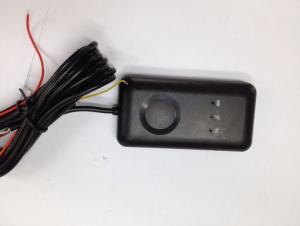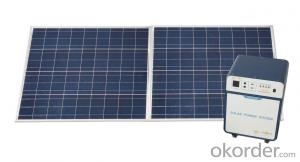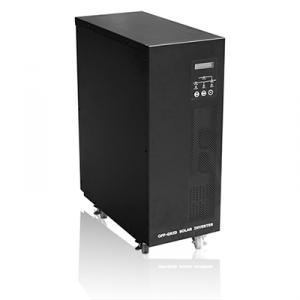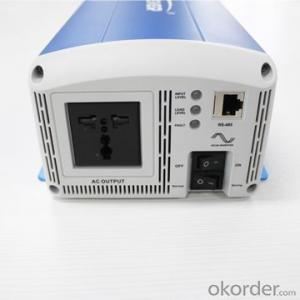Turn Off Solar Inverter
Turn Off Solar Inverter Related Searches
Inverter For Off Grid Solar Best Off-Grid Solar Inverter Best Off Grid Solar Inverter Best Solar Pv Inverter Off Grid Solar System Inverter Solar Panel Off Grid Inverter Riso Low Solar Inverter Solar Power Inverter Off Grid 6kw On Grid Solar Inverter Cheap Off Grid Solar InverterHot Searches
Costco Water Cooler Costco Water Dispenser Solar With Inverter Price Solar Inverter With 2 Battery Solar Inverter With Ac Outlet Mini Inverter With Battery Online Shopping Solar Inverter Low Price Solar Inverter Off Grid Price Off Grid Solar Inverter Price 5kva Solar Inverter Price Solar Inverter On/Off Grid Solar Inverter Off Grid 1000w Solar Inverter Pv1800 Solar Inverter Off Grid Price Off Grid Solar Inverter Price Solar Pv Inverter Price 6kw Solar Inverter Price 4kw Solar Inverter Price Solar Inverter Off Grid 1000w Solar Pv Inverter TypesTurn Off Solar Inverter Supplier & Manufacturer from China
Okorder.com is a professional Turn Off Solar Inverter supplier & manufacturer, offers integrated one-stop services including real-time quoting and online cargo tracking. We are funded by CNBM Group, a Fortune 500 enterprise and the largest Turn Off Solar Inverter firm in China.Hot Products
FAQ
- Yes, a solar inverter can be used in systems with different module voltages. Inverters are designed to convert the DC power generated by solar panels into AC power that can be used in homes or businesses. They typically have a wide range of input voltage tolerance, allowing them to accommodate different module voltages. However, it is important to ensure that the inverter is compatible with the specific voltage range of the solar panels to ensure optimal performance and safety.
- A solar inverter typically handles variations in battery charge levels by constantly monitoring the charge level of the battery. It adjusts the energy flow from the solar panels to the battery based on its charge level. When the battery charge is low, the inverter increases the energy flow from the solar panels to charge the battery. Conversely, when the battery charge is high, the inverter reduces the energy flow to prevent overcharging. This dynamic control ensures efficient use of the available solar energy and optimal charging of the battery.
- A solar inverter protects against power surges by using built-in surge protection devices such as metal oxide varistors (MOVs) or transient voltage suppressors (TVS). These devices act as a barrier, diverting excess voltage from entering the inverter and the connected solar panels. This prevents damage to the inverter and other sensitive electronic components by ensuring that the voltage stays within safe limits.
- The role of a galvanic isolation circuit in a solar inverter is to provide a barrier of protection between the high-voltage DC input from the solar panels and the low-voltage AC output. It ensures electrical safety by isolating the input and output circuits, preventing any direct electrical connection or potential leakage current. This isolation helps to prevent electrical faults, ground loops, and potential damage to the solar inverter or connected equipment, while also reducing the risk of electrical shock.
- The key factors affecting the installation process of a solar inverter include the site location and orientation, electrical wiring and connections, proper grounding, adequate ventilation and cooling, and compliance with local regulations and safety standards. Additionally, the choice of mounting structure, the proximity to the solar panels, and the availability of a reliable power supply are also important factors to consider during the installation process.
- The role of power factor correction in a solar inverter is to improve the efficiency and stability of the system by minimizing the reactive power and optimizing the power factor. This ensures that the inverter operates at its highest efficiency and reduces any voltage drops or disturbances in the grid. Additionally, power factor correction helps to comply with grid regulations and standards, preventing penalties and ensuring smooth integration of solar power into the electrical grid.
- During fault conditions, a solar inverter typically handles voltage regulation through various protective and control mechanisms. It may employ techniques such as voltage regulation algorithms, fast response times, and fault detection systems. These measures help the inverter to rapidly detect and respond to fault conditions by adjusting its output voltage to maintain stability within safe limits. Additionally, some inverters may also incorporate features like overvoltage protection, under-voltage protection, and anti-islanding functionality to further ensure safe and reliable operation during fault conditions.
- Yes, a solar inverter can be used in a floating solar system. The inverter is an essential component of a solar power system that converts the direct current (DC) generated by the solar panels into alternating current (AC) electricity that can be used to power various devices or be fed into the grid. Whether the solar panels are installed on the ground, rooftops, or floating platforms, the inverter's role remains the same. Therefore, it can certainly be used in a floating solar system to ensure efficient and reliable power conversion.













































